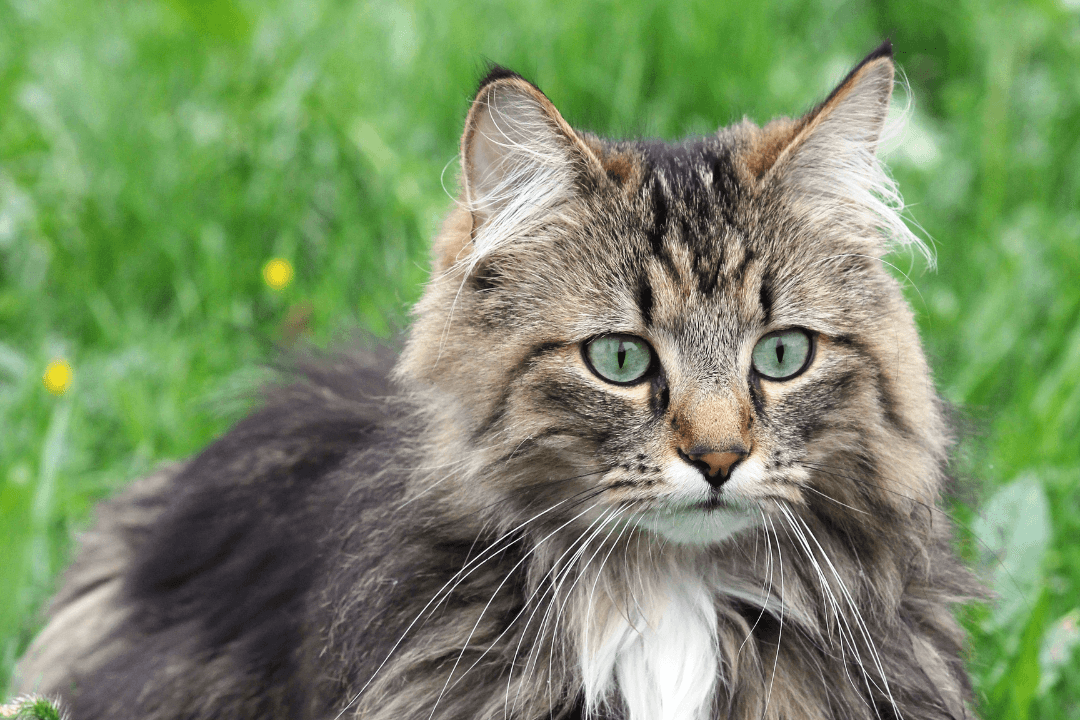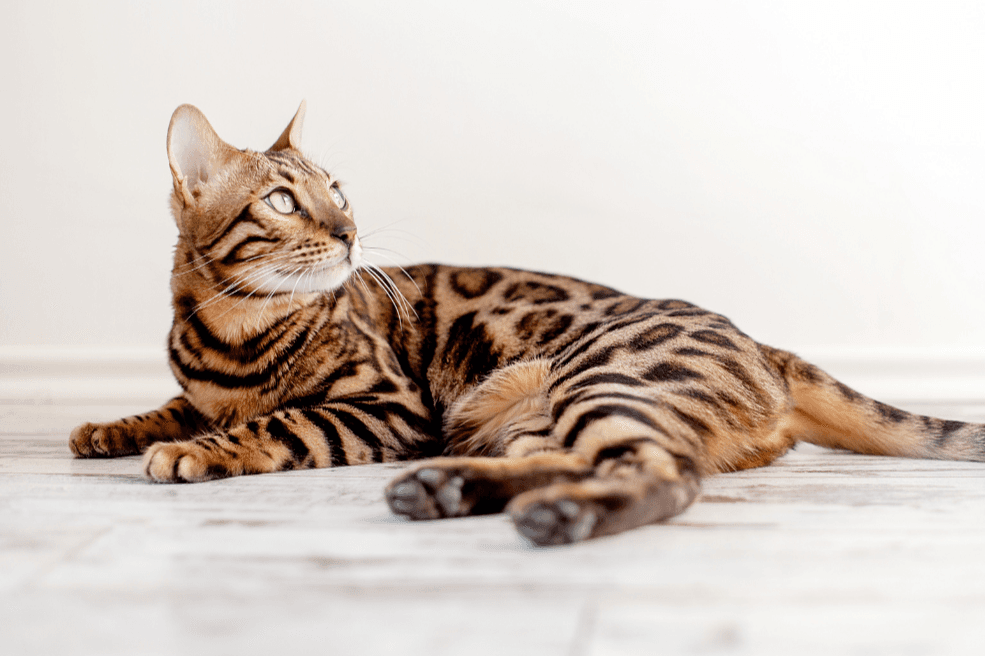Norwegian Forest Cat Guide
Information about the cat breed Norwegian Forest Cat
Weight: Males 5 - 10 kg, females 3 - 5 kg
Wither height: Up to 40 cm
Energy level: Energetic
Lifespan: 12 - 16 years
Social need: Medium
Colours: Solid colour - for example white, black, creme, golden brown, tortoiseshell, brown - or patterned mixed with white parts.
Health problems: Generally healthy but can suffer from Hypertrophic cardiomyopathy (HCM), glycogen storage disease and hip dysplasia.
Personality of a Norwegian Forest Cat
A Norwegian Forest Cat is friendly and social. It does not require constant attention from you but it will gladly keep you company. A norwegian forest cat thrives in the company of both adults and children, so it is a suitable family cat. It can be a little reserved with strangers, so let it take its time and get to know visitors at its own pace.
Looks and fur care of a Norwegian Forest Cat
Norwegian Forest Cats often have a long and muscular body. The coat is long and waterproof and is adapted to survive in the cold Nordic forests. The fur needs a lot of care. To keep it free of tangles, it needs to be combed with a metal comb or brushed a few times a week. In spring it may need more brushing as it sheds a lot of fur then.
Health problems in a Norwegian Forest Cat
A Norwegian Forest Cat can suffer from hereditary diseases such as hypertrophic cardiomyopathy (HCM), glycogen storage disease and hip dysplasia. HCM is a common heart disease that cats can suffer from. Glycogen storage disease is a metabolic disorder that in many cases is so severe that the cat lives only a few months after birth. Cats with a predisposition to this disease can be identified by genetic testing. Hip dysplasia increases the risk of osteoarthritis and is a developmental disorder of the hip joint. It is therefore incredibly important to look for breeders who take responsibility and do research before buying a cat.
Oral health
Did you know that you need to brush your cat's teeth? Brushing your cat's teeth daily is the best thing you can do to prevent your cat from getting periodontitis, learn more about it in the Lassie app. The dental disease FORL is a common dental disease in cats and is often associated with periodontitis. Brushing your cat's teeth can be a challenge, but with treats and a lot of patience, your cat will eventually get used to it! Learn more about how you brush your cats teeth in the app course.
Poisoning
There are a lot of things that are poisonous to cats that you may not have thought of before. One example of this is plants, learn more about which plants are poisonous to your cat and test your skills in the app. Further examples of what is poisonous to cats are chocolate and mouse and rat poison. It's important to store things that are dangerous to cats in a place they can't get to!






